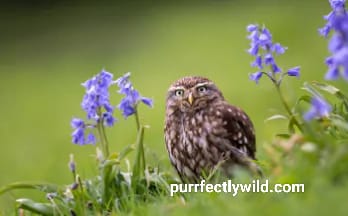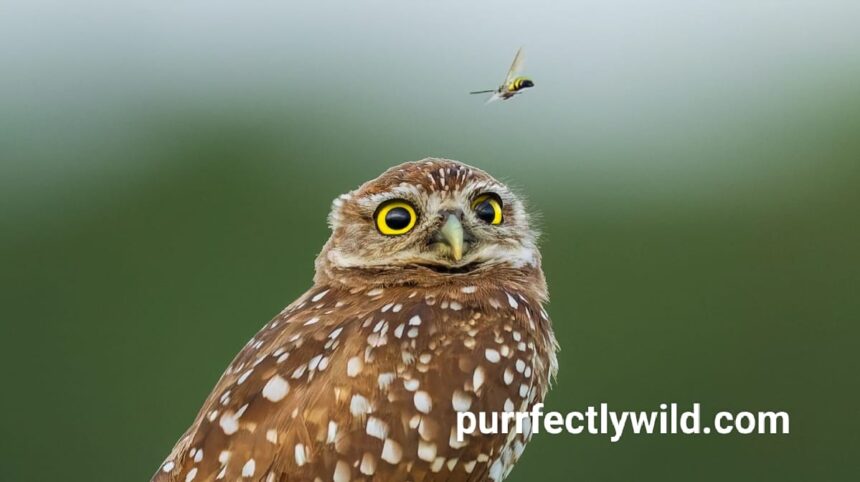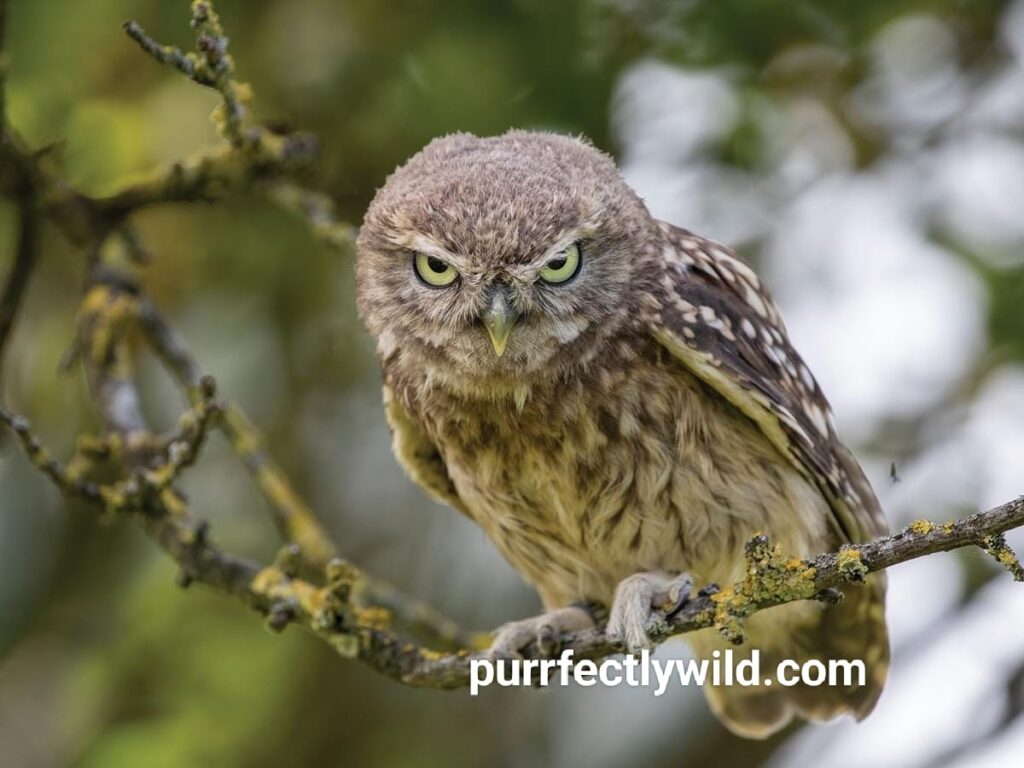The owl, a bird symbolizing wisdom through the ages, has fascinated humankind since its appearance on Earth. It emerged about 65 million years ago as a nocturnal and brilliant species. An owl typically sits wide-eyed in a hollow tree or on a branch, behaving strangely. This place houses different creatures, such as rodents, frogs, lizards, and insects, which comprise the delicate food chain, feeding one group while protecting the other. Owls eat the prey’s soft tissues and regurgitate the bones as a pellet, allowing the inspection of stomach contents and, therefore, the prey’s identification. This provides knowledge about the diversity of the avian species coexisting with these nocturnal hunters. Some 220 species of owls are known today, occupying worldwide distribution except Antarctica, some tropical islands, and a few high mountain ranges.
The legions of ornithologists have complemented the knowledge of owls by extensive works. Some people consider them wise and omniscient. In many cultures, educated men, gurus, and ministers are compared to owls. They symbolize deep thought and knowledge. Nevertheless, each behavioral pattern of the owl has its reason, having evolved through the ages.
The portrayal of an owl is often of a solitary creature living a secluded life outside human habitation. Paradoxically, very little is known about owls’ behavior. Most of the owls live in forests, either seasonal or tropical. However, forests that are too thick are not advantageous for owls. The dense canopy and tangled undergrowth prevent the entrance of moonlight, which avian hunters require to procure food. Therefore, owls prefer forests with broken canopies and spaces. However, habitat fields, gardens, and near farms with suitable vegetation cater to reasonable hunting grounds, and many agricultural pests fall prey to them. Nevertheless, very little is known about owls’ behavior, particularly during winter. During a study of their hunting and singing, the other behavioral patterns of the owl were accidentally observed.

Hibernation vs Migration: Understanding the Differences
When winter arrives, animals face number one survival options: hibernation or migration. These behaviors are commonly visible in numerous species, but owls have their very own methods of managing the cold. Understanding the variations among hibernation and migration is key to learning how owls live to tell the tale the season.
Hibernation includes a tremendous slowdown of an animal’s physiological tactics. Animals that hibernate enter a nation of dormancy, with their body temperature, coronary heart fee, and metabolic rate notably lowering. This lets in them to preserve strength while food sources are scarce.
Migration, on the other hand, is the act of transferring from one place to another, usually looking for higher residing conditions, consisting of warmer temperatures or ample food deliver. Migratory birds, which include some species of owls, travel great distances to avoid the demanding situations of wintry weather in their native habitats.
While both strategies are effective, now not all owl species follow the identical technique. Some pick out to stay and adapt via hibernation, at the same time as others embark on long migrations.
Hibernation: The Physiology and Behavior of Owls in Winter
Many animals, specifically mammals like bears and hedgehogs, hibernate at some stage in winter. For owls, but, authentic hibernation isn’t always commonplace. Instead, owls may additionally input a kingdom known as torpor, that’s just like hibernation but shorter in duration and less severe. Torpor permits owls to conserve power without the long-time period shutdown of physical capabilities seen in complete hibernation.
Torpor: During torpor, an owl’s frame temperature drops slightly, and its metabolic charge slows down, protecting power. Unlike deep hibernation, torpor permits owls to awaken speedy if they need to hunt or flee from predators. This conduct is most common in species like the Northern Saw-whet Owl, that’s local to colder areas.
Owls that enter torpor can nevertheless hunt, though their activity is significantly decreased. They can also restriction their moves to only what is important to discover meals. In extraordinarily bloodless situations, some owl species can also are trying to find refuge in dense forests, in which the tree cowl provides some insulation against the factors.
Energy Conservation: One of the most important challenges for owls all through winter is locating sufficient food to meet their power wishes. Small mammals, their primary food supply, may also end up scarce. Owls must rely on their wonderful hunting abilties to trap prey. Their capacity to fly silently and their acute feel of listening to give them a bonus in tracking prey even when it’s buried underneath snow.




